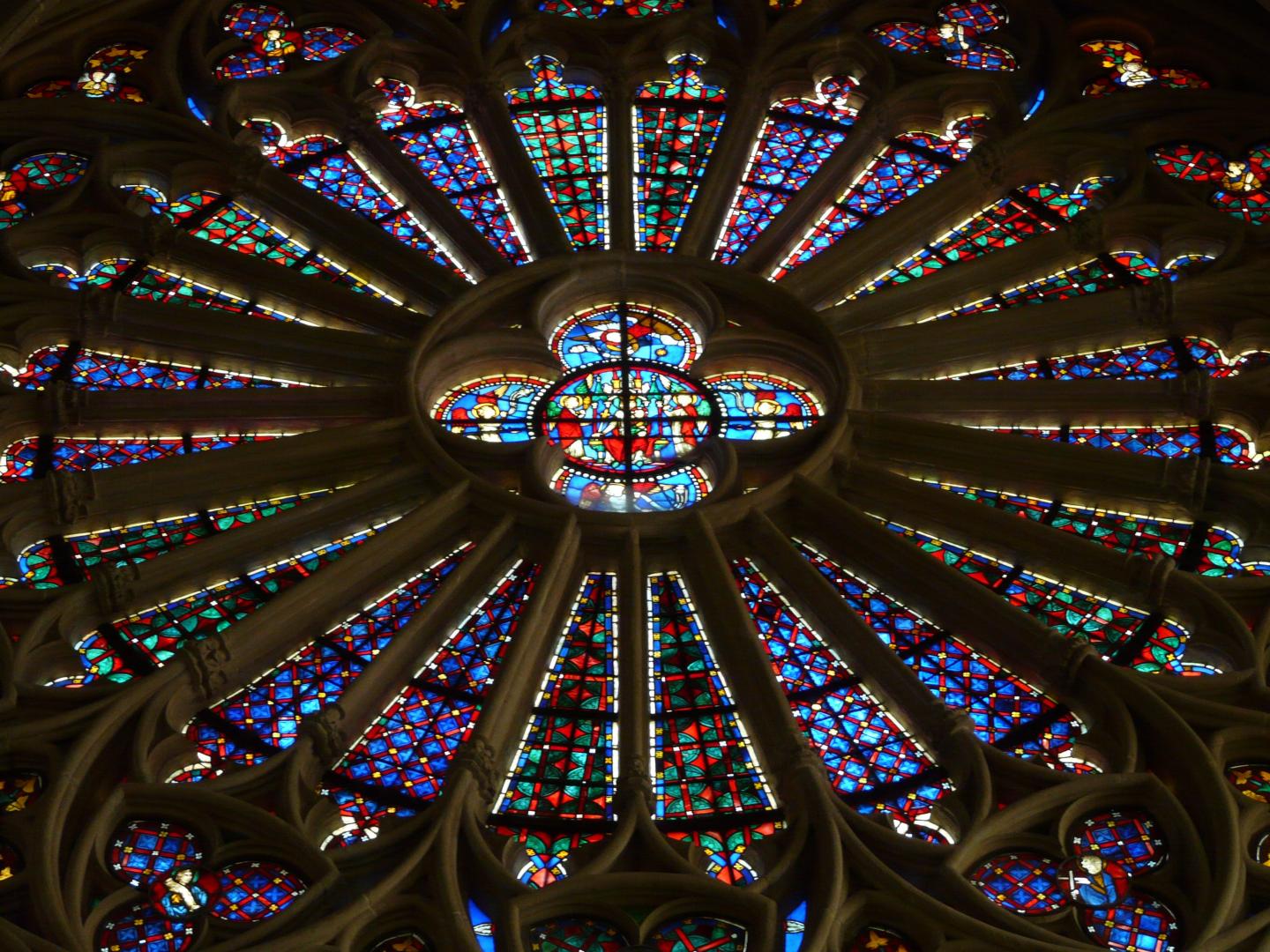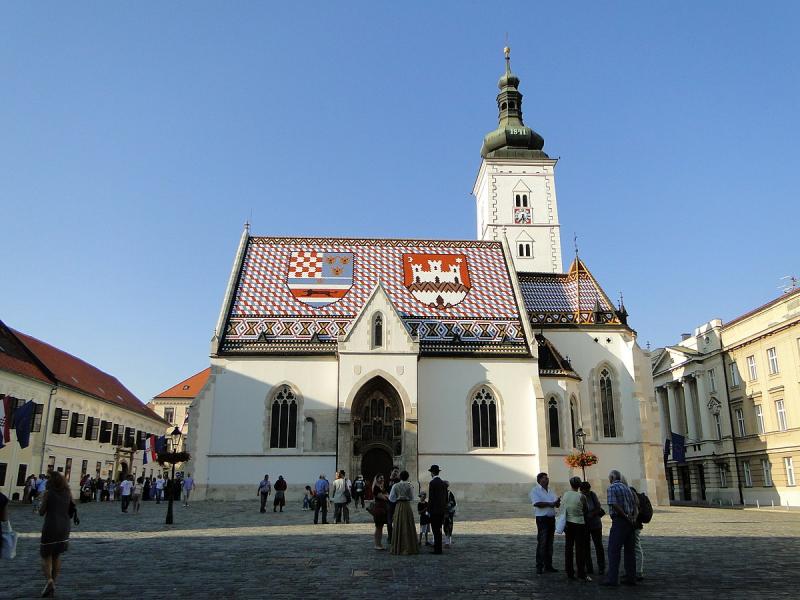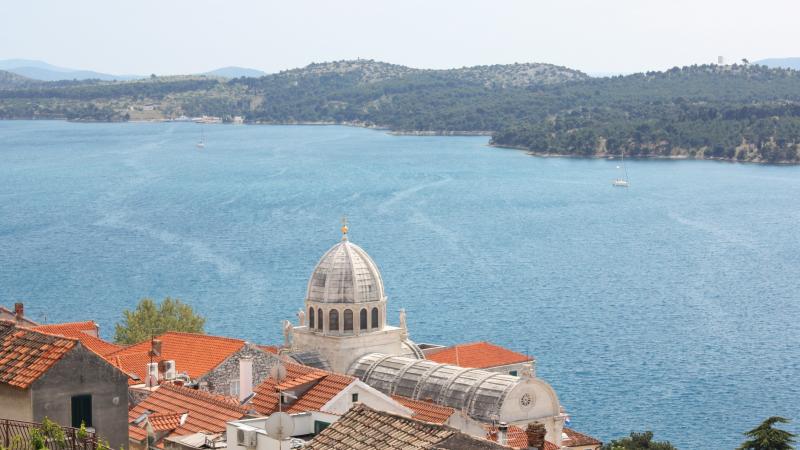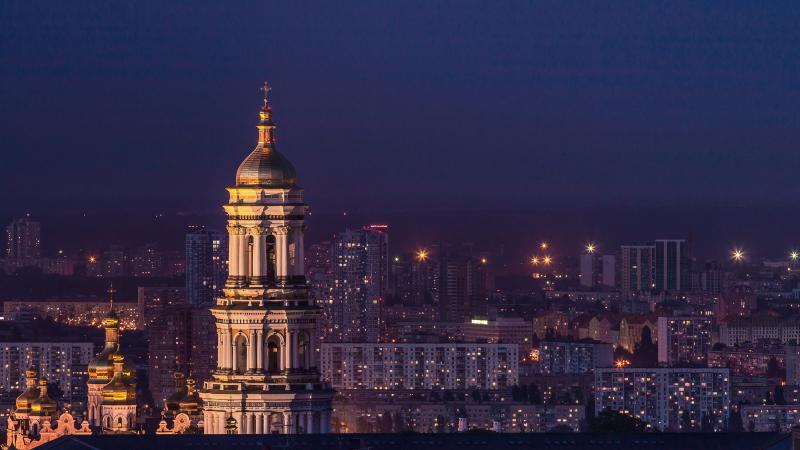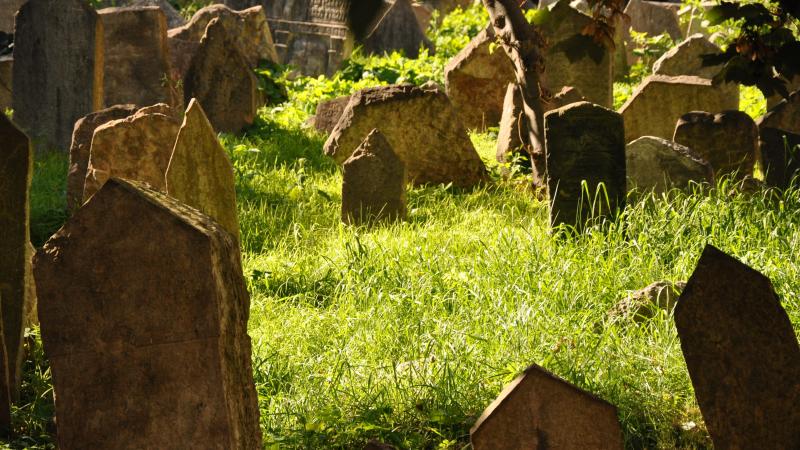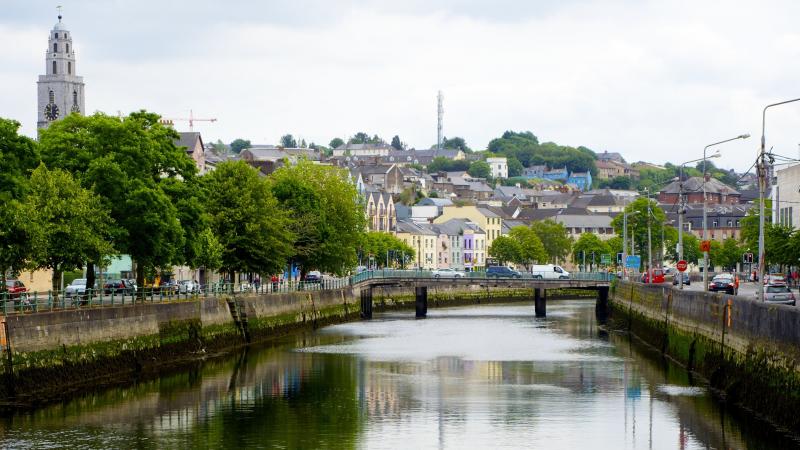6 buildings

Painted Monasteries of Bucovina
The pained monasteries of Bucovina are some of the most unique religious heritage sites, not only in Romania but of the whole world. These monasteries can be found in the Bucovina region of northeastern Romania near the Carpathian Mountains. Built in the 15th and 16th centuries, these monasteries feature brilliantly coloured frescoes on the exterior of the monastery churches in addition to the interior. The reason for this was to convey biblical stories and teachings to a mostly illiterate population. Today, seven of these monasteries are listed as UNESCO World Heritage Sites.
